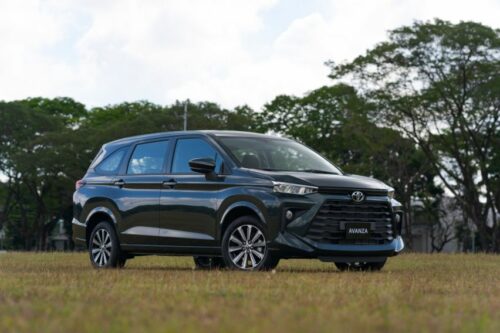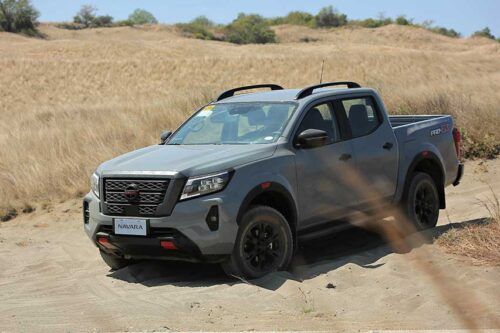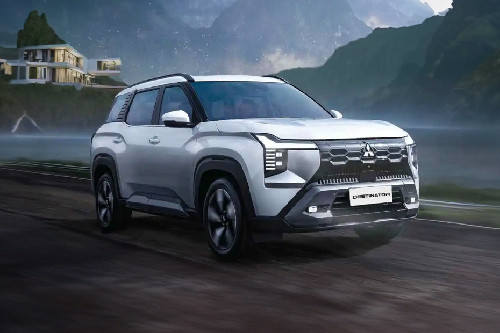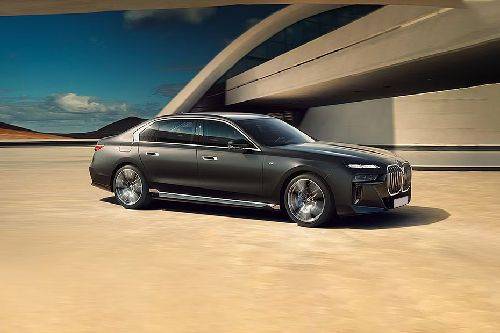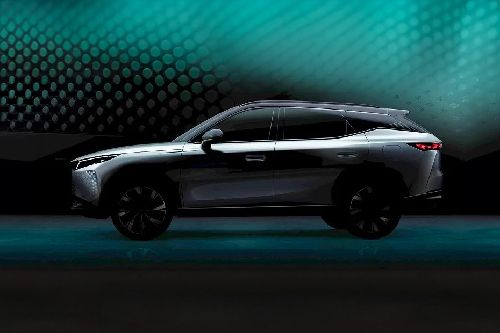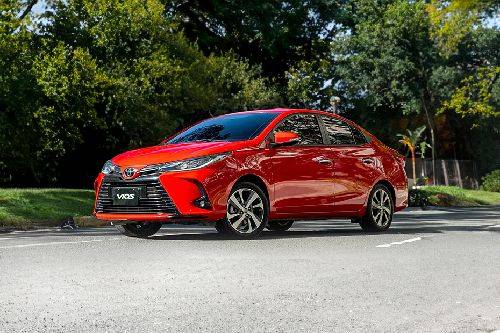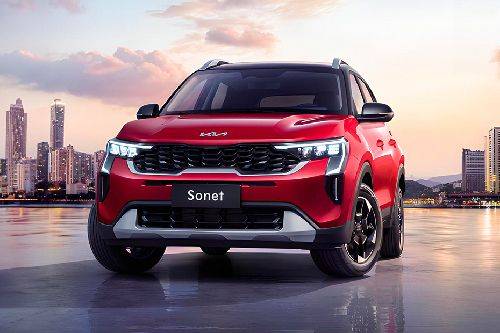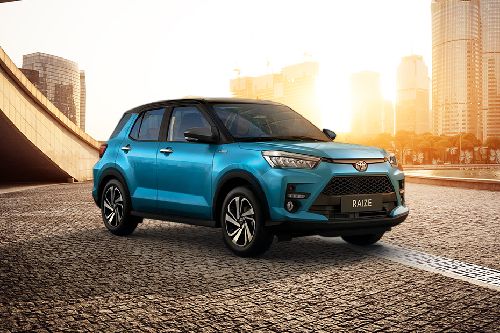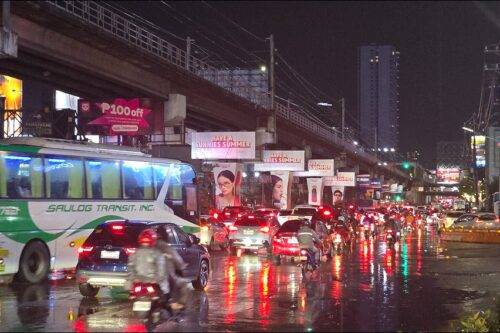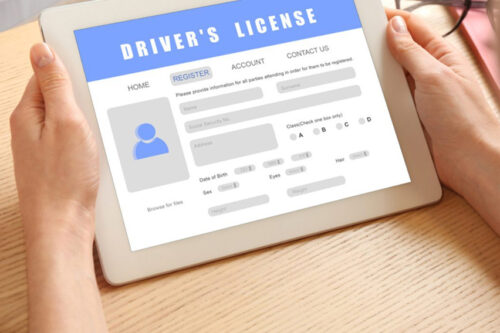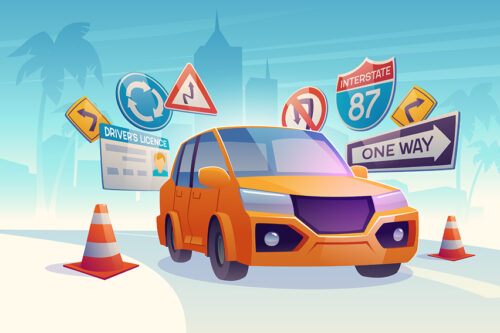How effective are N95 AC filters and other cleaning tech vs. COVID-19?
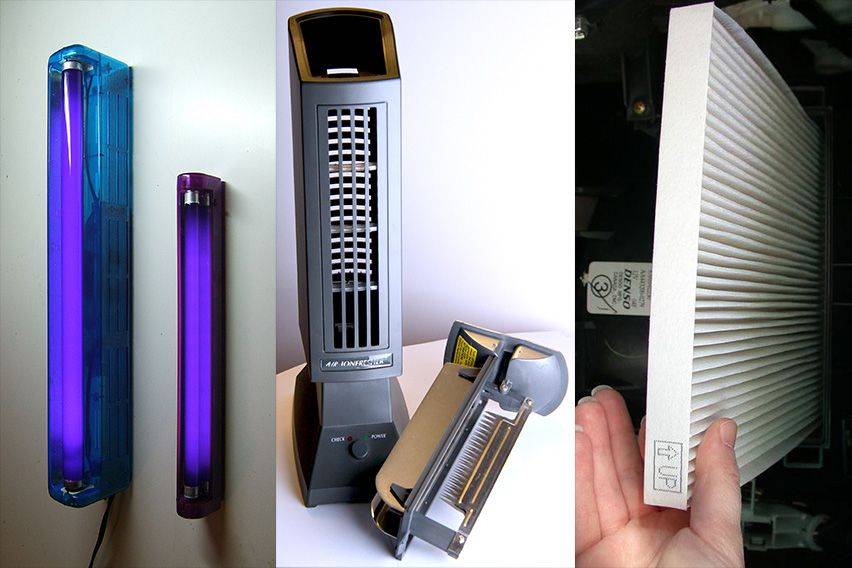
As the economy is slowly opening and more people are getting the virtual thumbs-up to go to work, there’s palpable and visible concern from everyone about contracting COVID-19.
Physical distancing, protective gear are musts when you go out, but what about when you get back in your vehicle? Did you bring it in and, if so, how do you kill the dreaded virus?
We take a closer look at components and gadgets some people are eyeing to see if it helps any in disinfecting and sanitizing your car.
N95 AC filter
According to the Coronavirus Research Center at Harvard, COVID-19 particulates can stay in the air for “up to three hours.” That’s why masks and distancing (some say by as much as two meters) are required. As for the filters, unless someone aerosolizes the virus by sneezing in the cabin or the AC is in "fresh air" mode and you drive directly into airspace that’s just been coughed into by a carrier (what are the odds of that?), having one may be overkill.
Various automakers are touting N95 AC filters claiming it’s as good as the mask and others with HEPA (high efficiency particulate air) filtration. Just be careful with either one. The term N95 is becoming highly commercialized just like HEPA which you’ll find used by a variety of brands labelled as "Bio-HEPA," "True HEPA" on everything from air-conditioners to vacuum cleaners.
The Society of Automotive Engineers (SAE) says that real HEPA filters or the ones that boast of N95 capability must have 95% filtration efficiency at the 0.3-micron level. That sounds impressive, but wait, research shows that coronavirus particulates, including that of COVID-19, can measure anywhere from 0.06 to 0.14 microns, which is why it’s still imperative that everyone wear a mask, safe-distance, and wash/sanitize hands thoroughly.
AC filters, even the fancy ones, have been proven to remove allergens, but there’s not enough data right now to showing it can work as effectively against viruses.
Ionizers and other air cleaners
In the off chance that someone accidentally sneezes or speech-sprays directly into the cabin, this is when your ionizer may come in handy. It works by releasing charged atoms that attach to the cell membrane of the virus particulates and renders it harmless.
Ozone generators are effective as well. It worked against SARS-CoV-1 (the virus responsible for SARS) but there’s no definitive proof that it works versus SARS-CoV-2 (the virus that causes the COVID-19 disease). It’s bad for asthmatics though, especially if used in a confined space and may cause coughing and shortness of breath. Even the US Environmental Protection Agency thumbed it down in a statement, “Ozone applied to indoor air does not effectively remove viruses, bacteria, mold, or other biological pollutants.”
Basic air purifiers aren’t even recommended by most health experts as these aren’t rated for removing pathogens or pathogenic microorganisms. Their advice, simply air out the cabin by opening the doors to blow out airborne particles or dilute it enough to make it innocuous. If you’re bent on using one, get something with a CADR (clean air delivery rate) of 240 or above, which means that at the minimum, it cleans 240 cubic feet of air each minute.
UV lamps
It’s a fact that these work against a wide range of viruses but you have to know what you’re buying because if you get the wrong type, you’ll still kill the virus, but it may cost you a cataract or some form of cancer.
Choose the model that emits far-UVC (Ultraviolet-C) light because the short wavelength of 205 to 230 nm (nanometers) prevents it from reaching or damaging living human cells but’s still lethal to the virus’ DNA/RNA.
As great a device as this is, it has one disadvantage. It can’t reach deep into cracks and crevices so this can’t really be your singular go-to device for sanitizing the cabin.
Manual cleaning
For those hard to reach places, nothing beats manual cleaning. Mix 70% isopropyl alcohol with water in a 1:1 ratio, put mixture in a spray bottle, blast it into nooks and crannies, or wrap it on a thin rod and stick it in those tight spots and wipe down.
You can also DIY a disinfectant mix from various YouTube tutorials. Just choose a reputable source because if the substance is too strong, you could end up damaging cabin appointments and fixtures.
How to really keep it virus-free?
Just because you’re an APOR (authorized person outside of residence) doesn’t mean you should go out. If you’re given the option to work from home, do it because we literally don’t know what’s out there.
The only way you can catch COVID-19 is to expose yourself by going out, and it really doesn’t matter where. If it’s a place where people get together like supermarkets, shops, malls, lobby, elevator, etc., someone asymptomatic may be there or have been and is or has inadvertently spread the virus.
If you really can’t avoid going out, remember to always heed health and safety protocols because even if you’re asymptomatic, your loved ones may not be so lucky.
Photos courtesy of Chetvorno, licensed under CC0 1.0; courtesy of Morn, licensed under CC BY-SA 3.0; and courtesy of Dvortygirl, licensed under CC BY-SA 2.5
Sell your car at the best price
 Verified and genuine buyers
Verified and genuine buyers
Trending & Fresh Updates
- Latest
- Popular
You might also be interested in
- News
- Featured Stories
Featured Cars
- Latest
- Upcoming
- Popular
Latest Car Videos on Zigwheels

Car Articles From Carmudi
- journal
- advice
- financing
- insurance




